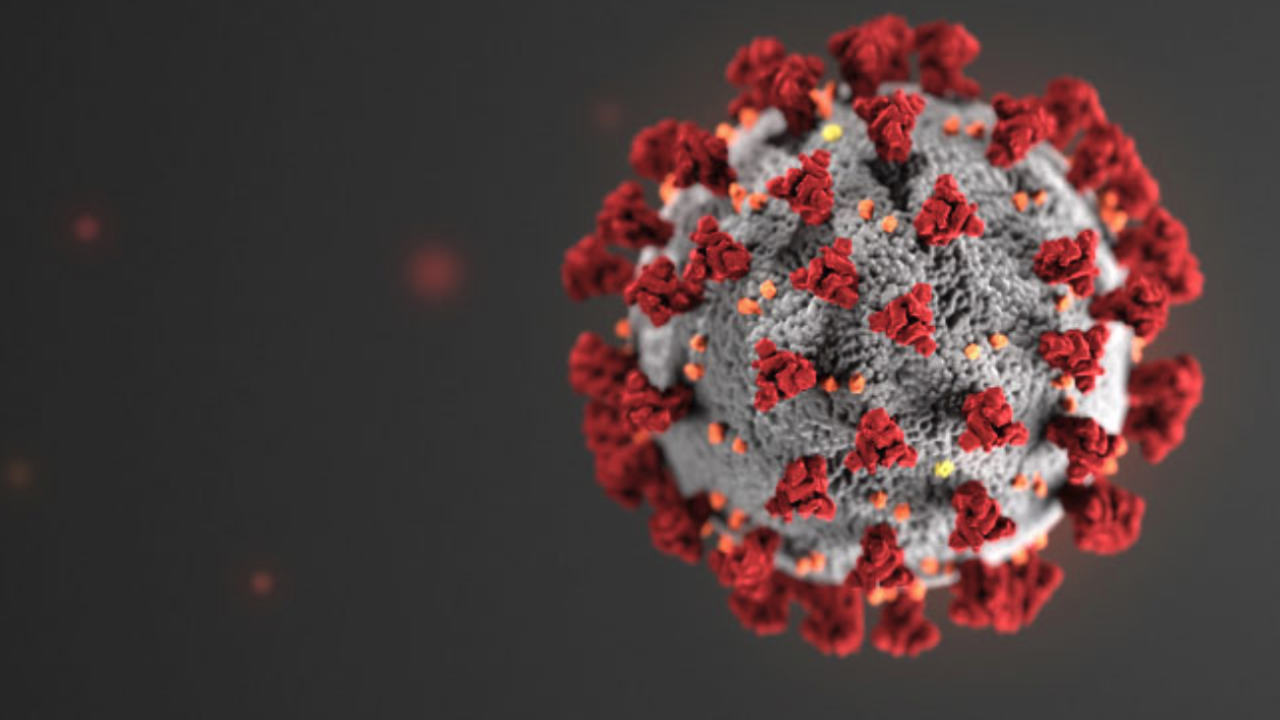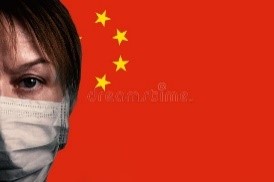
At 4 months post-treatment, Tom’s wound remained closed and he stated that he was very satisfied with the treatment.
By Kenneth Otah, MD, MSc, FACC
Patients with venous ulcers make up over up more than 70 percent of nonhealing ulcers. By the time these patients are referred to us, many have been suffering debilitating pain and lack of mobility for months – even years – as well as extreme frustration at the endless rounds of futile treatment they’ve endured.
Other patients I see with challenging chronic venous disease have extensive varicose veins with tortuous venous anatomy in refluxing accessory veins or tributaries. Varithena from BTG International Group, a novel sclerosing agent, offers an effective therapeutic solution to treat these types of complex venous disease.
PAST METHODS
Before Varithena became available, physician-compounded foam (PCF) sclerotherapy and phlebectomy were the only options to treat extensive varicosities and tortuous segments not amenable to catheter-based ablation. Sclerotherapy was also used for varicosities below the knee to avoid the potential risk of saphenous and sural nerve paresthesia from the tumescent anesthesia required in thermal ablation modalities. These options, however, are fraught with pain and a very high chance of reoccurrence.
We have used PCF in the past, but results were disappointing. The consistency of PCF can be variable, causing the venous endothelium to be ablated in a haphazard way. In about 50 percent to 60 percent of cases, PCF fails to completely ablate the vein, requiring multiple sessions of sclerotherapy for the patient.
Also, I prefer not to use PCF because of the risks of adverse neurological events. PCF is produced from polidocanol mixed with room air, which contains 70 percent nitrogen. Nitrogen is poorly soluble in blood, creating a small risk of gas embolic events — stroke, seizure or transient ischemic attack.
Compared with PCF, Varithena has a superior safety profile. Varithena is generated from a 2-to-1 mixture of oxygen to carbon dioxide, both of which are easily soluble in blood, and contain only trace amounts of nitrogen (<0.8 percent). And while PCF contains bubbles of varying sizes, Varithena’s microbubbles are of uniform size and density with a median bubble diameter of approximately 100 microns and no bubbles greater than 500 microns. Consequently, Varithena’s microfoam resists degradation and allows extended contact with the venous endothelium, making it more effective in closing veins.
In January, Varithena procedures acquired a new Current Procedural Terminology (CPT) Category 1 code that is streamlining claim reviews and the reimbursement process. We’re hopeful that the CPT code will enable more patients to have access to Varithena treatments that are covered by their insurers. Having a CPT code for Varithena will also allow us to do research to compare outcomes of various minimally invasive therapies for varicose veins.
CASE STUDY
When “Tom,” 46, was referred to me from a wound care center, he had a necrotic ulcer measuring 7.5cm x 3.4cm on his right foot, a C6 classification based on the CEAP (Clinical-Etiological-Anatomical-Pathological) system (Figure 1).
An IT professional, Tom had taken a leave of absence at work, unable to walk without help due to pain, and embarrassed by the odor from his wound. Time-consuming treatments from the wound center also interfered with his ability to work. Over the previous two years, Tom had undergone numerous interventions that failed, including compression, debridement and skin grafting with skin substitutes. He also had daily hyperbaric oxygen therapy for two months with only moderate healing of his wound (Figure 2). In addition, Tom had multiple comorbidities, including hypertension and type 2 diabetes mellitus.
Tom reported two years of bilateral leg swelling and pain, with the pain being more severe in the right leg. Initially, the swelling was relieved when Tom elevated his feet at night, but within 6 months, his symptoms worsened, along with the ulceration, hyperpigmentation and pruritus around the ankles. Palpable pulses were noted on his right foot, with a normal ankle brachial index (ABI) of 1 and a normal toe brachial index (TBI).
When we conducted a venous study on Tom, we found that reflux of the right saphenofemoral junction (SFJ) was 620 and reflux of the right great saphenous vein (GSV) ranged from 4000 to 4260 ms. Vein diameters of the right proximal, mid, and distal GSV were 5.7, 2.9, and 4.3 mm, respectively. There were also significant large foot and calf incompetent perforator veins with venous reflux of >1000 ms. We found no evidence of superficial or deep venous thrombosis.
For Tom, treatment with Varithena was the ideal option to ablate the pathologic varicosities surrounding the ulcer bed that contributed to the ulcer formation.
Tom was placed in the Trendelenburg position with his leg elevated 45 degrees. Varithena was administered in 5cc doses through three access sites, for a total dose of 15cc. When the foam column arrived, we applied pressure at the SFJ and held it until we noted venospasm. Tom’s legs were wrapped with Coban and Polymen after the procedure, and he was instructed to walk daily.
At Tom’s one-week follow-up visit, there was significant improvement in the size of the wound. By 4 weeks post-treatment, the wound had healed significantly (Figure 3). At approximately 8 weeks post-treatment, Tom’s wound had completely resolved, and he had returned to work. At 4 months post-treatment, Tom’s wound remained closed and he stated that he was very satisfied with the treatment.
CONCLUSION
I’ve used Varithena to treat a large number of patients with venous ulcers, some of whom have mixed arterial and venous disease. Our success rate is 100 percent with resolution in as little as 6 weeks in patients who have had nonhealing ulcers for years. VTN
Dr. Kenneth Otah, MD, MSc, FACC is an interventional cardiologist and endovascular specialist whose practice, Total Heart Cardiovascular Consultants in Sugar Land, Texas, mainly focuses on limb salvage. Dr. Otah also practices at Memorial Herman Wound Center in Houston. He reports no financial conflicts.



